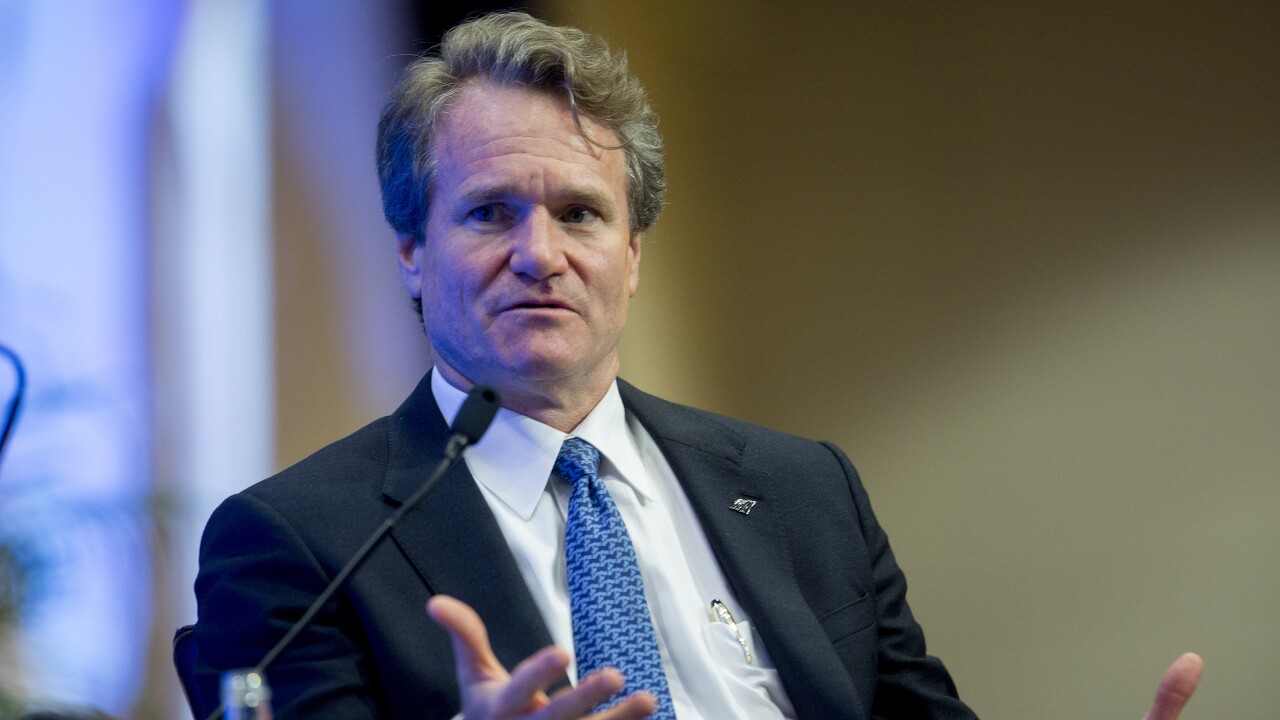Rogers Communications' top executive said the company “failed to deliver” on a promise of reliable service and will spend at least C$250 million ($194 million) to separate its wireless and wireline networks as a result.
Rogers Chief Executive Tony Staffieri faced questions from a Canadian parliamentary committee about a July 8 network collapse that shut down wireless and internet services for 12 million people for nearly 24 hours. The outage affected emergency services, financial payment systems, government offices and businesses — some of which were forced to do cash-only sales.

Separating the networks will help make them sturdier, Staffieri told lawmakers. Industry Minister Francois-Philippe Champagne has ordered Canadian telecom companies to devise an upgraded system so that if one provider suffers a major network problem, 911 calls and other critical services will still work.
The network incident has heaped more pressure on Staffieri as Toronto-based Rogers tries to gain approval from Ottawa to take over rival Shaw Communications in a C$20 billion ($15.6 billion) deal. Rogers is also facing a legal challenge from the Competition Bureau of the proposed acquisition.
The House committee is seeking answers about the cause of the network failure, its impact and future plans to avoid such problems from officials at Rogers and the country’s telecom regulator.
Staffieri said in a letter this weekend that Rogers will invest C$10 billion over the next three years, including “more oversight, more testing and greater use of artificial intelligence” to improve network reliability.
“Network investment this year will be double what it was two years ago,” Staffieri told the House committee, without giving a specific figure. Rogers expects capital expenditures of about C$3 billion this year and more of that will be dedicated to network improvements than in the past, he said.
Staffieri was criticized for not informing government officials quickly when the network went down. It began to fail before 5 a.m. Ottawa time on July 8; Rogers didn’t tell Champagne’s office until shortly before 12 p.m. that day, the CEO told lawmakers.
“This was the failure of one company. This was the failure of Rogers,” Champagne said in separate testimony to the committee.
The cable and wireless firm has repeatedly apologized and Staffieri again defended the Rogers-Shaw merger as a way to free up capital to improve the communications system. Last week, Rogers replaced its
JPMorgan analyst Sebastiano Petti cut his target price on Rogers shares Monday to C$80 from C$90, saying the company’s decision to give customers a five-day billing credit will cost C$175 million in the third quarter and it could see an uptick in customer churn.
Rogers shares were little changed at C$60.30 as of 1:13 p.m. Toronto time.






